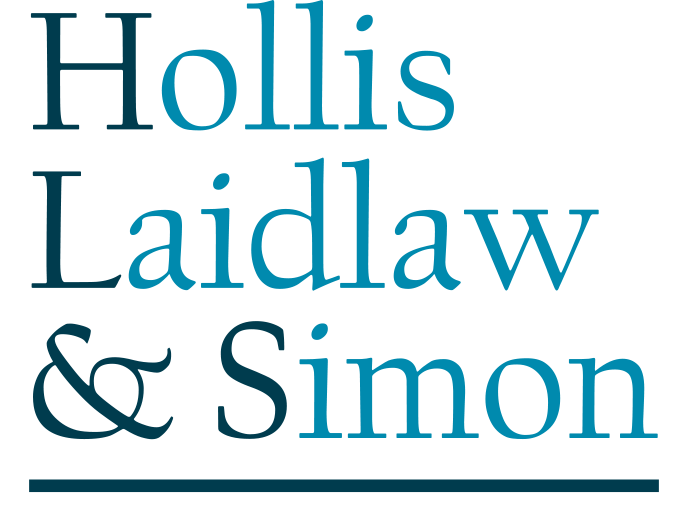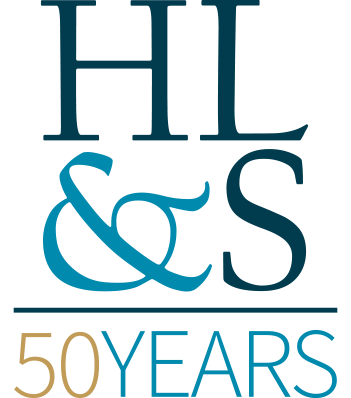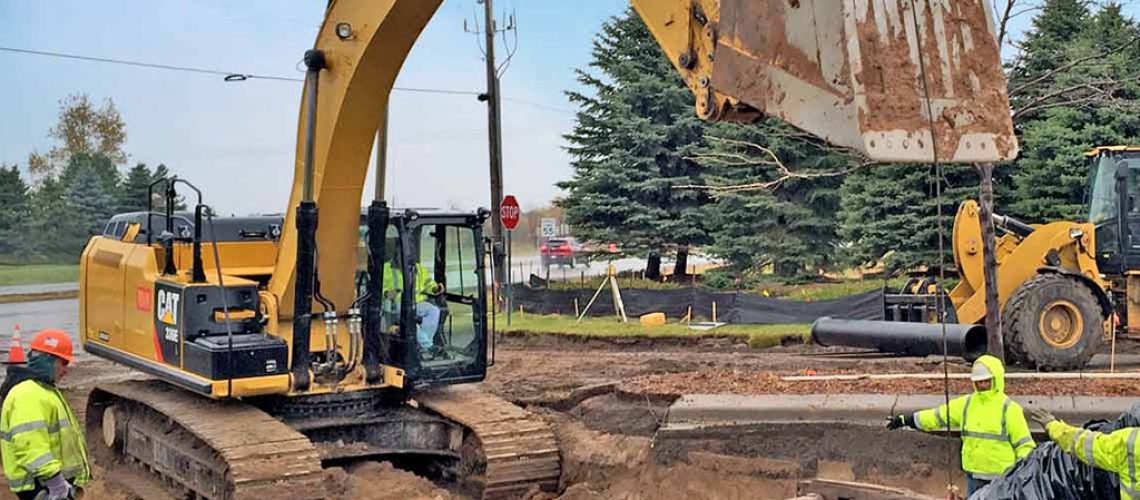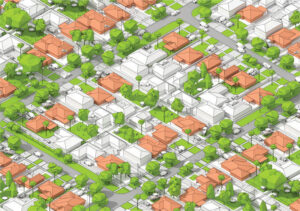Whether commercial or residential, land ownership comes with many responsibilities. One such obligation is compliance with local zoning regulations. Zoning ordinances can cover a broad spectrum of activities and conditions, including nonconforming uses, noise restrictions or even chipped paint.
When a municipality determines that a landowner is in violation of a zoning regulation, an Order to Remedy Violation is typically issued to afford the landowner (or occupant) a certain amount of time to correct the violation before the municipality resorts to taking legal action. If the offending condition or activity persists, the municipality may then issue a Notice of Violation. The Notice of Violation is usually followed by an Appearance Ticket setting a date for the landowner to appear before the local city, town, or village court.
In some cases, the property owner may be able to avoid prosecution before the local municipal court and also avoid having to remediate the alleged violation. This can be done by seeking appropriate relief from the municipality’s zoning board of appeals. Such relief may include obtaining a “variance” giving the landowner permission to deviate from the zoning code, getting a favorable interpretation from the zoning board in cases where the code is vague or may interpreted in more than one way, or by establishing that an alleged nonconforming use is a legal prior nonconforming use—that is, a use that was established on the property that was legal before the zoning law was enacted or amended to prohibit the use, and the use has continued uninterrupted to the present.
Obtaining a variance is a well-known remedy and establishing a pre-existing, nonconforming is a well-known defense. But neither is well understood. To better understand them, and when and how they are applicable, it is important to understand the origins and purpose of zoning codes in general.
The Origins of Zoning Codes
Municipalities began implementing zoning laws in the early 1900s. As urban populations increased and became more concentrated, zoning was used to prevent competing uses of land and to promote the public welfare.
Zoning regulations are implemented according to a municipality’s comprehensive plan—a plan for the future development of the community. Zoning divides the municipality into smaller districts, limiting the size, density, and permitted uses within those districts to prevent potential hazards to health, safety, and welfare and eliminate offensive or conflicting uses. For example, a municipality may determine that property used for industrial business should not be in the same district where residential use is permitted because the industrial use is likely to create noise and pollution that is offensive to the residents who live there. Zoning therefore serves to minimize complaints, nuisances and conflict, and also to promote harmony.
Once zoning laws have been enacted by a municipal legislature, the zoning board of appeals is empowered to interpret the zoning regulations and determine what uses and structures are permissible and which are prohibited. This includes granting variances and determining whether a nonconforming use pre-dated the regulation in question and has continued uninterrupted to date. Since the zoning board of appeals has the jurisdiction and expertise to make such determinations, a common strategy for a landowner who is issued an Appearance Ticket to appear in court is to ask that the court proceeding be held in abeyance to afford the landowner an opportunity to obtain a determination from the zoning board of appeals. Whether that application is to “legalize” the offending condition through the grant of a variance, or through a determination that a nonconforming use is legally pre-existing and grandfathered, a favorable determination by the zoning board of appeals can often lead to the dismissal of the case in court or reduced fines for noncompliance.
Prior Nonconforming Uses
Prior nonconforming uses are uses which are constitutionally protected and must be permitted to continue despite the existence of an ordinance presently prohibiting them. A property owner may establish that a nonconforming use is legal by demonstrating that the use was legal prior to the enactment of the zoning ordinance that renders it nonconforming. Legality may be established using photos, tax cards, and other documentary evidence as well as sworn testimony demonstrating the age and duration of the contested use. But it can also be difficult to establish a prior nonconforming use because the ordinance prohibiting it may have been enacted as long as 100 years ago. In addition, it must also be proven that the nonconforming use has continued uninterrupted to the present. Once a prior nonconforming use is discontinued for a period of time, the property is subject to the present zoning regulations.
Variances
If the landowner is unable to establish that the use constituting the alleged violation predates the applicable zoning ordinance, the landowner may be able to apply for a variance. There are two types of variances: area variances and use variances. The standard for granting a variance depends on which type is sought.
Use Variance
A use variance grants the landowner permission to use the property for a purpose which is otherwise prohibited in the zoning district. To obtain a use variance, the applicant must demonstrate that the applicable zoning regulations have caused unnecessary hardship. Specifically, the applicant must demonstrate that they cannot realize a reasonable return on the property, that the alleged hardship is unique and does not apply to most of the other properties located in the district or local neighborhood, that the requested use variance will not alter the essential character of the neighborhood, and that the alleged hardship is not self-created. If the municipality decides to grant the use variance, it must only grant the minimum variance necessary to address the unnecessary hardship.
An example of a use variance might include a request to allow a business to conduct light manufacturing in a district that is area zoned for office use.
Area Variance
An area variance grants the applicant permission to use the property in a manner which is not allowed by the dimensional or physical requirements in the zoning district. The applicant does not need to prove unnecessary hardship to obtain an area variance, but the benefit to the applicant will still be weighed against any potential detriments to the health, safety, and welfare of the surrounding neighborhood or community. Specifically, the zoning board of appeals will consider whether there will be an undesirable change in the character of the neighborhood or a detriment to nearby properties, whether the benefit sought may be achieved by some other feasible method, whether the proposed area variance is substantial, whether the proposed area variance will have an adverse effect or impact on the physical or environmental conditions in the neighborhood or district, and whether the alleged difficulty was self-created. Again, the zoning board of appeals must only grant the minimum variance necessary to preserve and protect the character of the neighborhood and the health, safety, and welfare of the community.
An example of an area variance may include a request to build a structure closer to a property line or street than is permitted by the setback requirements in a zoning ordinance.
Conditions
In granting either a use or area variance the municipality may impose certain conditions and restrictions as are necessary to minimize any present or potential adverse impacts from the variance on the surrounding neighborhood or community. Typical conditions might include requiring that the applicant construct any proposed improvements in strict accordance with the building plans presented with the application and that an applicant apply for a building permit within one (1) year of the zoning board’s determination.
Final Thoughts to Consider
Zoning violations can be costly. Fines, according to some zoning ordinances, can be imposed for each day a property is not in compliance. The cost is even greater if a landowner has to remove a structure or halt an existing business. Accordingly, future landowners should take care to ensure that a property is zoned to suit their present and future needs before they purchase.
Even if a municipality has been silent, zoning issues can quickly be identified when a landowner eventually tries to sell or refinance a property that is not in compliance—and that can cause significant delay of the closing, expense, and inconvenience. Most contracts of sale obligate the seller to deliver the premises to a purchaser subject to applicable zoning ordinances and such facts that an accurate survey would show. And a comparison of the survey to building department records will reveal any dimensional discrepancies. Therefore, a landowner who has failed to comply with zoning regulations may also risk other legal complications if they cannot perform their contract with a purchaser.
Accordingly, the landowner who is currently using a property for a prohibited purpose or has installed a structure that does not comply with area requirements should consider consulting with an experienced zoning attorney to navigate their options for legalizing their property as soon as possible.













